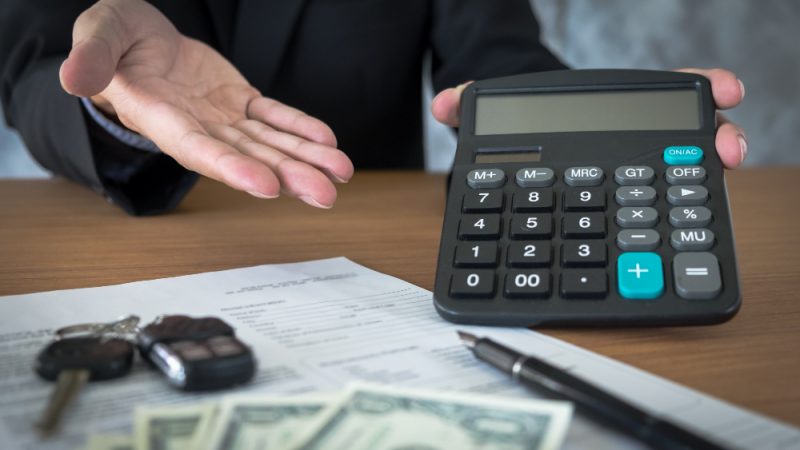How to Rollover Your 401(k)

We all want to have a healthy, happy retirement. A part of this is feeling financially secure even once we are no longer working. The need to have a part-time job in our elder years is not something anyone wants to experience.
One of the key components to achieving this are your retirement funds, including your 401(k). Like your other investments, you should aim to diversify these assets to the best of your ability. Of course, the IRA approved list of assets can feel a bit limiting.
There is a way to change this, of course – rolling over your 401(k) into a self-directed IRA. I will explain what this means and how it all works. Hopefully, this will help you as you think about your financial future!
Retiring in the United States
Before we get into the meat and potatoes here, there are some things you need to understand about how retirement works in the United States. You can read the basics about it here if you would like, https://www.ssa.gov/benefits/retirement/planner/stopwork.html, but there is a lot more that goes into it.
The earliest age that you can retire is sixty-two. Many of us will stop working later than that, though. You will probably get to collect your social security payments based on your credits from when you were in work, but you probably do not want this to be all you have to rely on.
Another potential is a pension fund. While there are not as many employers offering this as there used to be, if yours does, make sure you do your research and follow up with them about it. Ideally, it will be insured just in case the company closes or experiences some form of hardship.
However, you should also be saving for retirement while you are working. Relying on social security benefits or a pension fund should not be all you have to fall back on. If you are wondering what a 401(k) is, you can learn more about it on this page. It is probably the primary form of saving for the future.
This is because it saves you money in the long run, at least in terms of taxes. At their core they are a retirement savings plan that most employers offer. As the employee, you have a certain percentage of each paycheck deposited into your investment account. Ideally, your employer will match either a part of this or all of it.
Usually, you can only deposit certain types of investments in them such as mutual funds. You also cannot easily withdraw from them (though the rules are not as strict in the wake of the COVID-19 pandemic). There are certain types that allow you to add more variety into your portfolio, though.
Self-Directed IRA
This is probably the most important concept to understand if you want to roll over a retirement fund. There are even bitcoin ira rollovers that you can look into if you are interested in cryptocurrency. If they sound complicated, don’t worry. They really aren’t.
These SDIRAs can be a traditional or a Roth fund. They have the same limits for contribution, as well. In fact, the only difference really is what assets you can put in them. With this option, you take control of what is there, and you can choose alternate investments.
One of the primary alternate investment types is cryptocurrency. These have gained significant popularity over the past few years. Since the invention of Bitcoin in 2009, more and more retailers accept them as a legitimate form of payment.
Investing in them is also a good idea. There are several ways to do this – you can purchase stock in companies that use crypto, buy them directly and save them as a hedge against inflation, or get other blocks of funds.
Of course, you can put other things in these SDIRAs. This could include commodities like precious metals, which are not traditionally accepted. However, there is really a variety out there. It is a good idea to look into all of your options. If you are curious, you can check out some more information here: https://www.forbes.com/advisor/retirement/self-directed-ira/.

How They Work
There are a few ways that you can make the shift. You can go to a brokerage firm, for one. However, there are a limited number that offer SDRIAs. You could also look at Custodians, which are companies that help consumers open them.
What you should note is that these accounts can be quite complex to maintain. If you are planning to, you may want to get help from a financial advisor. This is certainly not a requirement of course. Just decide what is best for you.
You should also note that you are not able to put a life insurance policy in this type of fund. That is one of the only regulations in place. Additionally, collectibles do not qualify either.
Things to Remember
As with most investments, there are risks involved in opening a Self-Directed IRA. First of all, you should be knowledgeable at least to some extent before you embark on this venture. If you feel like a fish out of water with all things finance, try reading up and talking to an advisor!
However, with that higher risk can certainly come higher rewards. This type of account can help you earn plenty of money for your retirement and give you that comfortable lifestyle we all hope for in our elder years. It is especially good for getting a variety of asset types.
Just be careful you do not break the no self-dealing rule. It is quite important that you keep your dealings legal and acceptable, because even if it is self-directed, the IRS will still be watching. Whatever custodian you choose cannot provide financial advice, so just do your best to know your stuff.
Getting involved in cryptocurrency might seem like an unorthodox way to save for retirement, but with the option to roll over our IRA funds, it is an accessible one!






